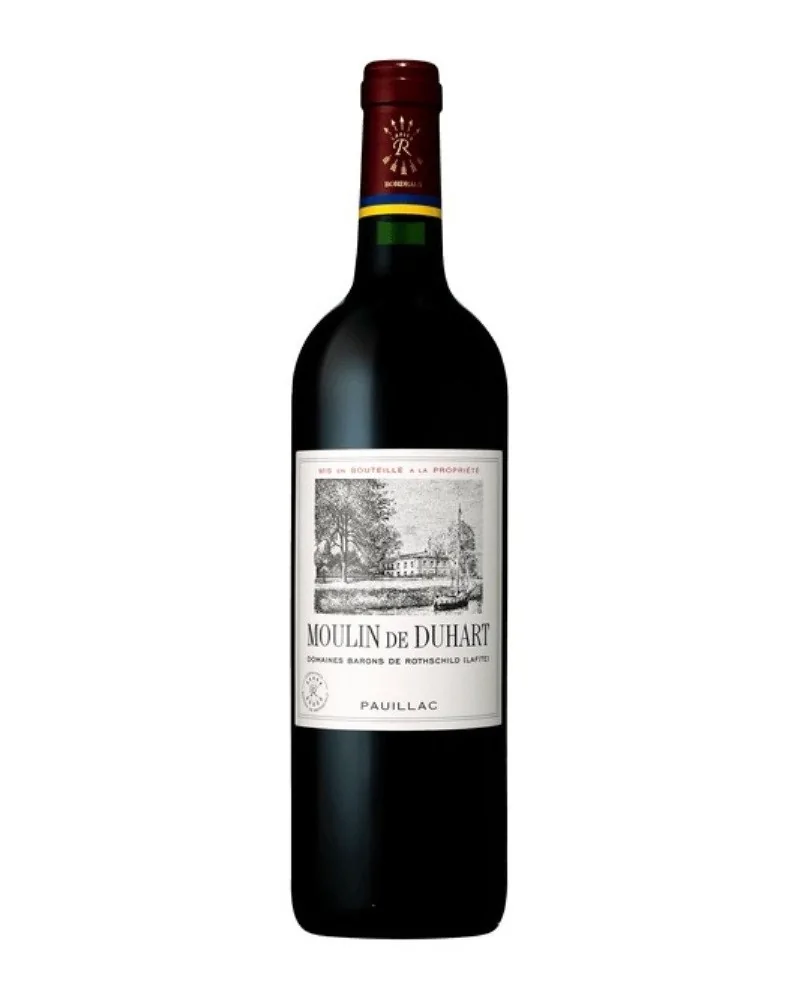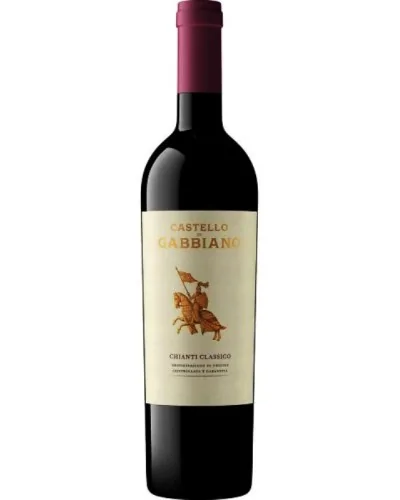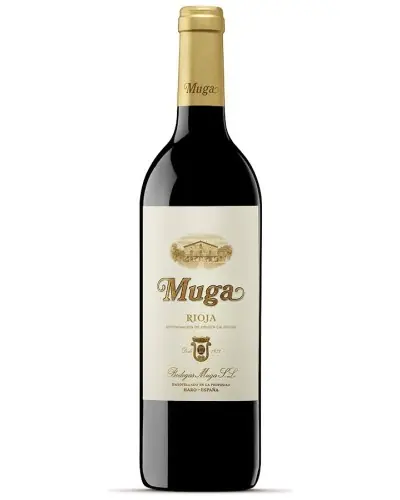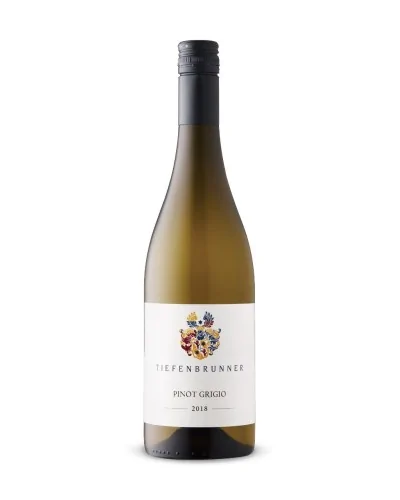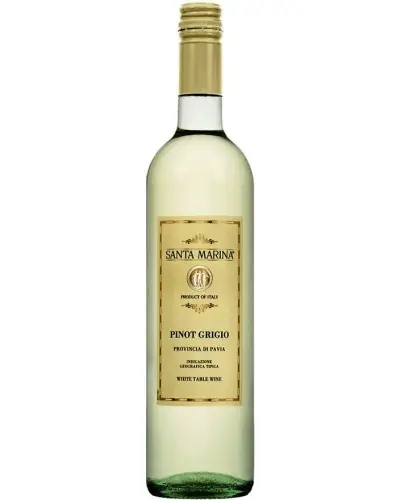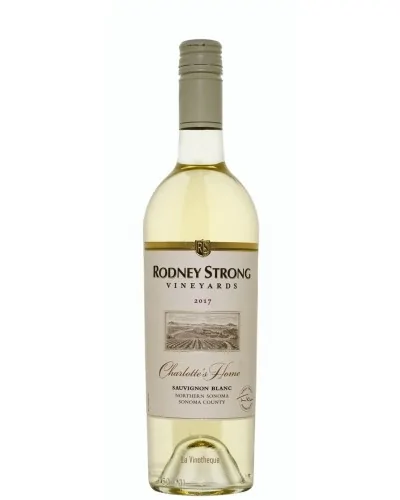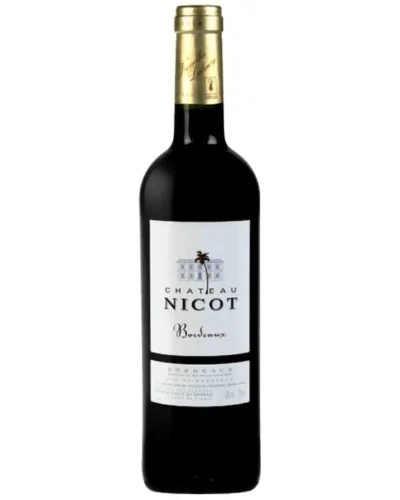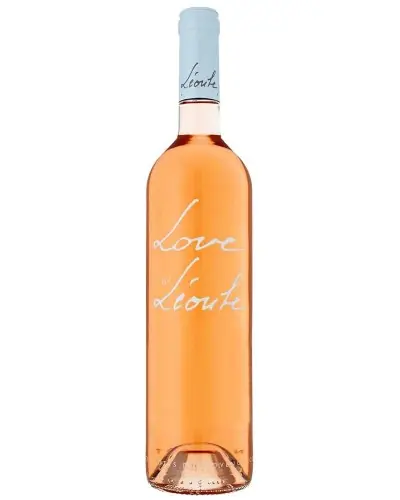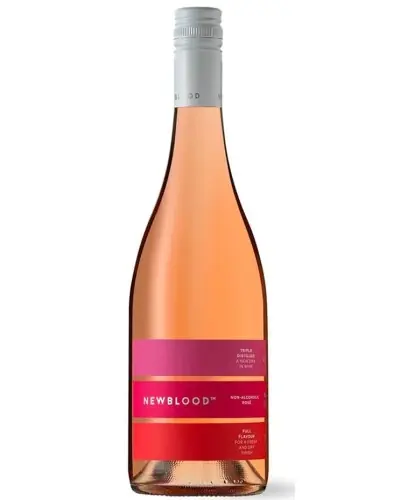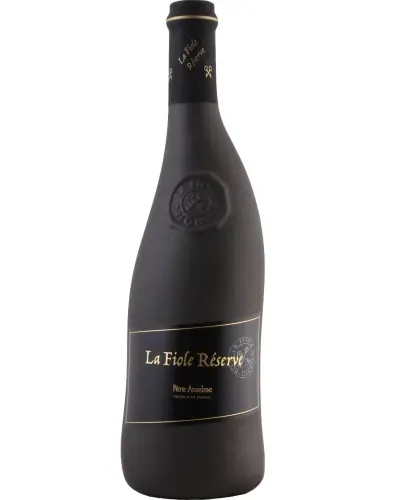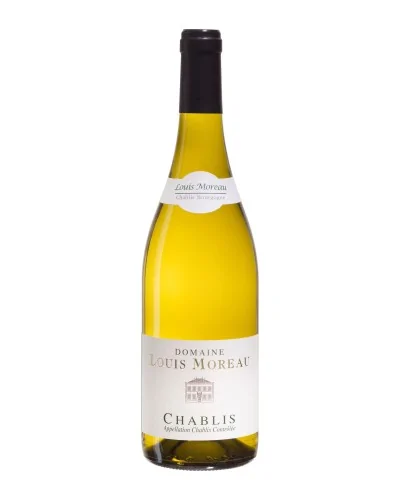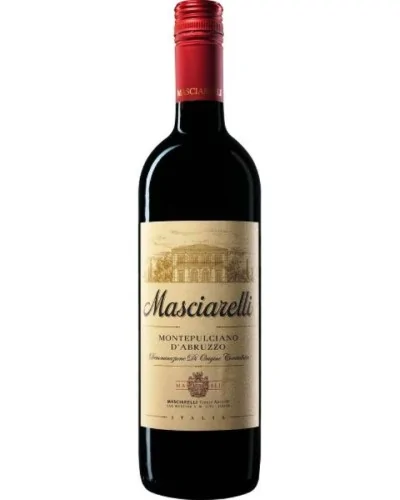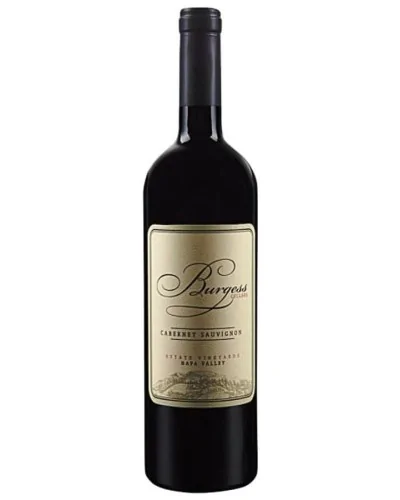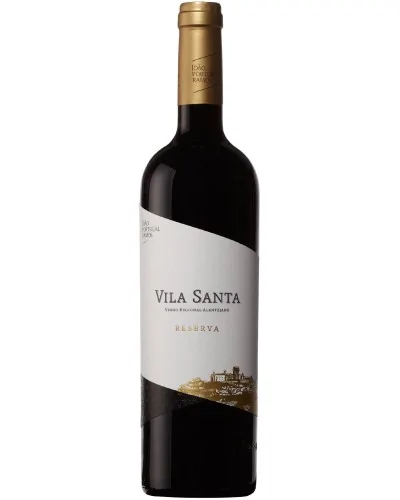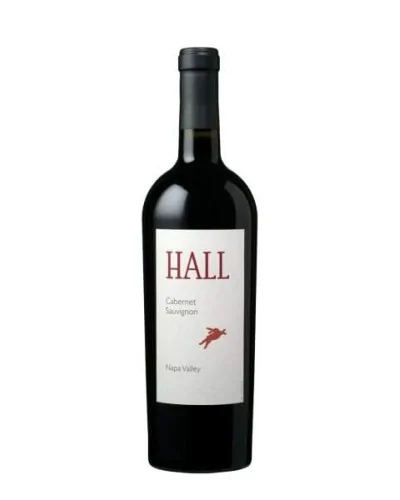Château Duhart Milon Pauillac 750ml
sku: 1646-18
Chateau Duhart-Milon Moulin De Duhart Pauillac. Highly regarded Pauillac has a fairly expressive nose with plenty of fruit aromas, emitting notes of cherry, red plum, red cassis and a lead-pencil mineral note underlaid by tobacco and spice.
 Friendly customer service
Friendly customer service
Questions, Comments, We'd love to hear from you.
 Complimentary Gift Messages
Complimentary Gift Messages
include a handwritten note
 The quickest shipping you'll find
The quickest shipping you'll find
Speed is our superpower
The Rothschild family acquired Château Duhart-Milon, a “4er Cru” in the 1855 classification, from the Castejas of Pauillac, in 1962. The property was named after the Sieur of Duhart, gun-runner to Louis XIV, who originally owned the property, and from the name of the little hamlet of Milon which separates the Duhart-Milon vineyard from that of Château Lafite. The vineyard covers 188 acres and is planted with the classical cépages of Médoc: Cabernet Sauvignon (67%) and Merlot (33%). The property has been managed since 1962 by a single team that, due to the proximity of the two properties, oversees both Château Lafite Rothschild and Château Duhart-Milon. Both Châteaux use the same traditional techniques based on strict control of yields, harvesting by hand, and numerous manual tasks throughout the year.In the early 18th century, Pauillac began widespread grape cultivation at the urging of the Lafite lords. The Milon wines served as additional income for Lafite’s master, and became Château Lafite’s second wine. The 1855 classification recognized the quality of Duhart-Milon’s soil by ranking it as the only 4th growth wine in Pauillac. Between 1830 and 1840, the Castéja family was left an inheritance by both Mandavy and the Duhart widow (35 acres). The family thus possessed a 99 acre vineyard that was named Duhart- Milon. The property changed ownership many times over the years and suffered a decline in the quality of its’ wines. The property was named after the Sieur of Duhart, gun-runner to Louis XIV, who originally owned the property, and from the name of the little hamlet of Milon which separates the Duhart-Milon vineyard from Château Lafite.
Specific References
- EAN13
- 722358253227
- MPN
- 722358253227
